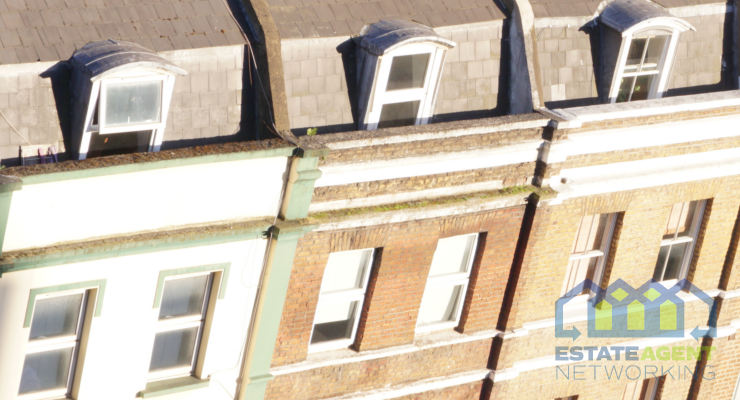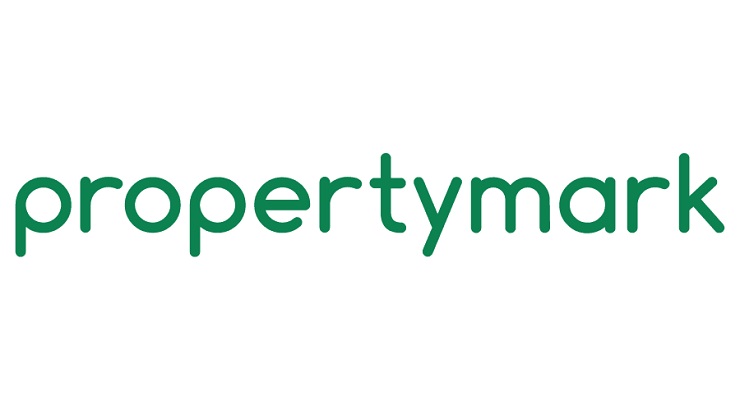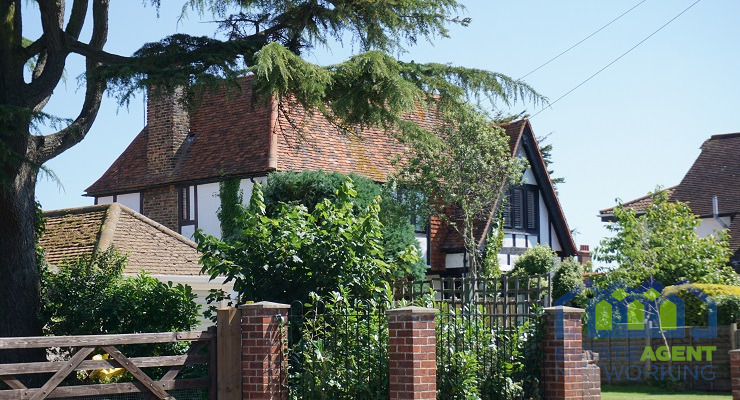Refurbishment, not replacement, is the future of period sash windows
Are you the proud custodian of a little bit of our national architectural heritage? You may not see yourself in that way but if you own a period property, whether or not it’s listed, it’s up to you to ensure that the building’s beautiful original features and attributes are preserved.
Original timber sash windows are perhaps the most characteristic features of many older buildings. Did you know that the sliding sash window is said to have originated in 17th century London, after the Great Fire of London? Different types of sash window design became popular throughout Georgian, Regency, Victorian and Edwardian times, and the latest sliding windows were fitted well into the 1930s.
Unfortunately, however beautiful these historical architectural features once were, they are bound to have deteriorated over time. If your period sash windows have seen better days or are simply no longer fit for purpose, you may be tempted to replace them with modern versions.
But wait – there is a much better solution: “A sash window that has been lovingly restored and brought back to life with the modern benefits of far greater thermal efficiency, ease of movement and no rattles.” So says Mark Peters, a window restoration expert from Sash Window Experts, with a real passion for preserving the nation’s period buildings one sash window at a time.
He is one of many traditional craftsmen in the UK who insist that poorly maintained original timber sashes in pretty much any condition can absolutely be restored back to their former glory. Even widespread problems and those deemed ‘terminal’ can be tackled including
- Major timber decay
- Flaking paintwork and damp
- Draughty and rattly frames
- Missing or broken sash cords
- Windows that don’t open/close
- Broken window panes
What’s more, with as much as three quarters of Britain’s original box windows having been lost over the years due to building demolition or modernisation, it is now more important than ever to restore and preserve our nation’s architectural history in any way we can. If you’re wondering whether you should repair or refurbish your period windows in preference to modern window replacements, here are some excellent arguments in favour.
- Preserve the building’s authentic period character
We’ve all seen beautiful old buildings fitted with UPVC or secondary glazing – it’s jarring on the eye, isn’t it? Put bluntly, replacing original windows with modern, ‘realistic’ plastic versions simply doesn’t work. Not only does it look oddly out of place, modern windows can ruin the integrity of the building.
Contrast this with carefully restored sash windows that complement the enduring beauty of the period architecture. When it comes to selling your home, this is exactly the sort of kerb appeal that buyers are looking for. With an ever decreasing supply of expertly maintained period properties available, your will stand out from the crowd, being highly sought after.
- Increase the value of your period property
Modern replacement windows in a period property are far more than merely an eyesore. As anyone with even a basic knowledge of the property market will know only too well, original architectural features sell. If your period home is on the market, has been well looked after with important architectural features intact, expect the property to fetch a premium price.
On the other hand, just having a historical home isn’t justification enough to up the asking price. If your sash windows, or any other important features for that matter, are in a terrible state, don’t expect prospective buyers to be impressed. On the contrary, they may baulk at the prospect of having to carry out potentially expensive repairs, and expect this to be reflected in a lower purchase price.
- Save money with sash window refurbishment
Brand new UPVC window replacements may seem a tempting choice. In addition to affordable prices, manufacturers are bound to praise excellent thermal efficiency and low maintenance offered by their products. The trouble is that these are only short term savings.
The main problem with UPVC windows is that their lifespan is considerably shorter than that of timber sash windows that have been meticulously maintained. Low maintenance means there’s nothing much that can be done to extend the lifespan of a modern window. Once it’s degraded, you have to replace it. Wooden sash windows, however, can be repaired and restored time and again, meaning the return on your investment in the long term is far greater.
- Future proof your period sash windows
Finally, just because the building and its original features may be over 100 years old, it doesn’t mean they can’t be adapted to satisfy 21st century requirements. Look for a sash window repair and restoration craftsman in your local area who has the knowhow and expertise to incorporate features such as double glazing, draught proofing, sound proofing and modern security into your period windows.









